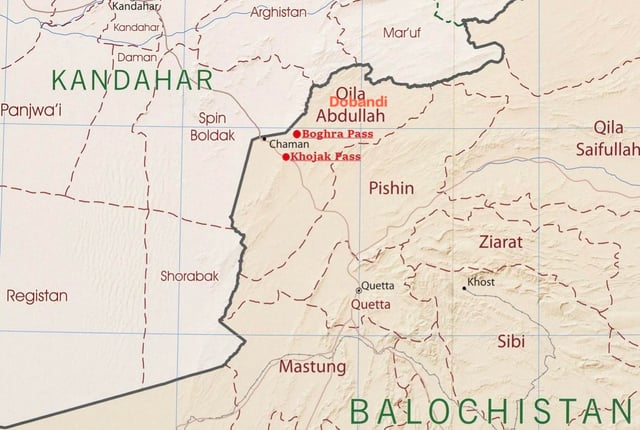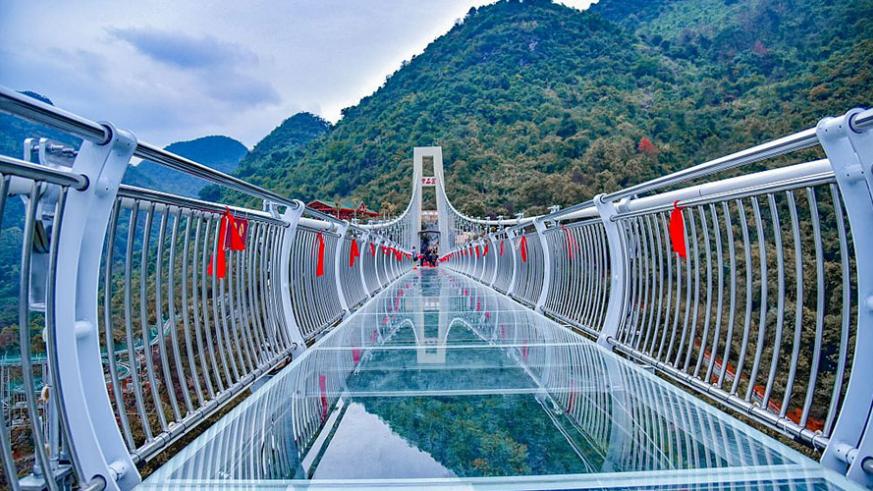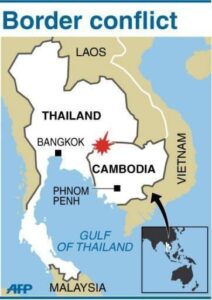1. Overview
Name: Bajrang Setu
Location: Rishikesh, Uttarakhand
Type: Cable suspension bridge with glass flooring
Length: 132 metres
Height above Ganga River: Approx. 57–70 feet
Cost: ₹68–70 crore (approx.)
Construction started: 2022
Expected inauguration: Late 2025
Full operational capacity: Early 2026
Significance:
India’s first cable suspension glass bridge
Second such bridge in Asia
2. Design and Architectural Features
Architectural theme:
A fusion of modern engineering and spiritual symbolism.
Twin Towers Design:
Inspired by the sanctum (garbhagriha) of Kedarnath Temple.
One tower bears a figure of Lord Kedarnath, the other Lord Badrinath — symbolizing the twin spiritual heritage of Uttarakhand.
Materials Used:
High-strength steel cables and reinforced glass panels.
Transparent glass flooring of 65–66 mm thickness for pedestrians.
Structure:
Central deck designed to support two-wheelers and light four-wheelers.
Side walkways for pedestrians with glass panels offering views of the Ganga below.
Aesthetic and safety features:
Anti-slip coatings and multi-layered tempered glass for safety.
Night illumination to enhance the visual appeal and ensure security.
3. Engineering and Innovation
Structural Design:
Combines cable suspension technology with glass walkway architecture.
Designed to withstand high wind pressure and seismic activity common in Himalayan regions.
Technological Integration:
Use of computer-aided modeling and wind tunnel testing for stability.
Built using environmentally sustainable construction practices to minimize river pollution.
4. Cultural and Spiritual Significance
Represents the spiritual essence of Uttarakhand, known as “Devbhoomi” (Land of Gods).
Symbolizes the connection between tradition and modernity — blending ancient temple design with advanced engineering.
Enhances religious tourism linked to Char Dham pilgrimage and nearby ashrams.
Strengthens Rishikesh’s image as a place where spirituality meets innovation.
5. Location Advantage and Connectivity
Situated near key attractions:
Parmarth Niketan Ashram
Beatles Ashram
Lakshman Jhula (now closed) and Ram Jhula
Provides a modern alternative to older bridges, improving local connectivity across the Ganga.
Aims to ease movement for pilgrims and tourists while boosting local trade and transport.
6. Tourism and Economic Impact
Expected to attract thousands of domestic and foreign tourists annually.
Promotes eco-friendly and adventure tourism (glass walk experience).
Adds to Rishikesh’s identity as the “Yoga Capital of the World”.
Boosts local economy through hospitality, retail, and tourism sectors.
Reflects Uttarakhand government’s focus on sustainable infrastructure and heritage-based development.
7. Administrative and Project Details
Implementing authority: Government of Uttarakhand (Public Works Department & Tourism Department).
Estimated cost: ₹68–70 crore.
Funding: State government with possible tourism and infrastructure development grants.
Project timeline:
Initiated – 2022
Construction phase – 2022–2025
Completion and opening – End of 2025
8. Exam-Oriented Key Facts (For Quick Revision)
| Parameter | Details |
|---|---|
| Bridge Name | Bajrang Setu |
| Location | Rishikesh, Uttarakhand |
| Type | Cable suspension glass bridge |
| Length | 132 metres |
| Height above Ganga | 57–70 feet |
| Construction Began | 2022 |
| Expected Completion | Late 2025 |
| Cost | ₹68–70 crore |
| Special Features | Glass flooring, twin towers inspired by Kedarnath Temple |
| Religious Depictions | Lord Kedarnath & Lord Badrinath |
| Tourism Impact | Boosts spiritual, adventure, and eco-tourism |
| National Significance | India’s first and Asia’s second such bridge |
9. Possible UPSC Questions
Prelims (Objective Type)
Bajrang Setu, recently in news, is located in which state?
Answer: UttarakhandWhich of the following statements about Bajrang Setu is correct?
(a) It is India’s longest rail bridge
(b) It is India’s first cable suspension glass bridge
(c) It connects Rameswaram with the mainland
(d) It is part of the Char Dham road project
Answer: (b)
The design of Bajrang Setu’s twin towers is inspired by:
Answer: Kedarnath Temple
Mains (Descriptive Type)
Q. Discuss the significance of Bajrang Setu in promoting cultural heritage and sustainable tourism in Uttarakhand.
Approach:
Introduction – Background and location
Design and symbolic representation
Role in tourism and local economy
Technological innovation and sustainability
Conclusion – Model for future heritage-based infrastructure







